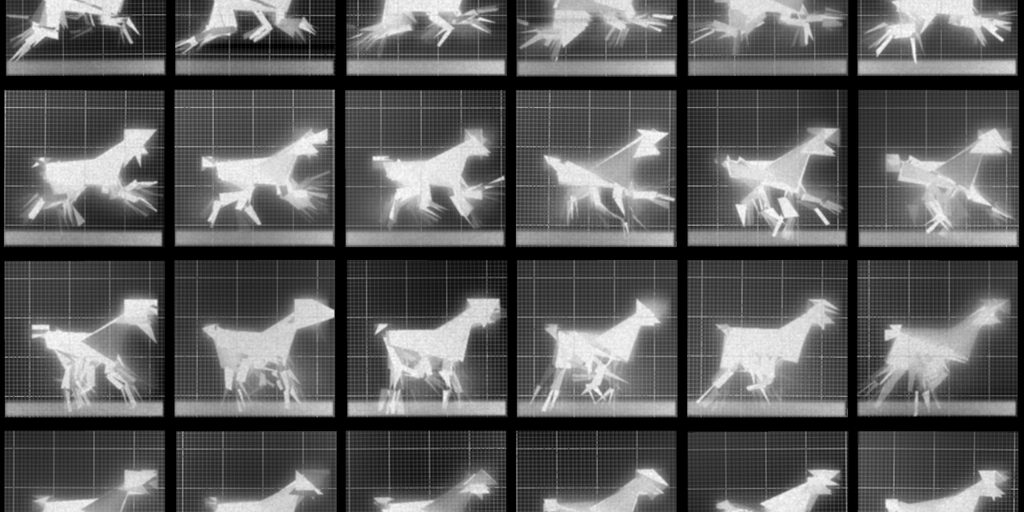What Web3 and the Blockchain Revolution Mean for Law Enforcement

Most of the internet today, known as Web2, is owned by corporations. They control the majority of websites, data and profits. But many experts believe that blockchain enables a revolution towards Web3: a decentralized internet owned by individuals and communities of users, where they will control data, content, privacy and profits.
While this sounds like a utopia for content creators and grassroots investors, it also creates an opportunity for criminals and terrorists to exploit an unregulated, anonymous and decentralized landscape. Despite the recent volatility in the cryptocurrency market, which has seen the value of a number of cryptocurrencies plummet, most experts agree that blockchain technologies and cryptocurrencies are here to stay and mainstream adoption will continue to expand. Here’s what law enforcement and security organizations need to know to protect the public.
What is the blockchain?
The foundational technology of Web3 is the blockchain, a distributed public ledger that records information, including cryptocurrency transactions, non-fungible tokens (NFTs) and smart contracts. Information is maintained using a network of decentralized nodes, which require consensus to add new records.
Each blockchain transaction and associated metadata is recorded in the public ledger with the information publicly available, but the identity of the transaction producers are anonymous. The anonymous and unregulated nature of the blockchain and the use of the technologies invite a range of illegal activities.
Cryptocurrencies: Enabling Crime
The first applications implemented on the blockchain were cryptocurrencies, such as Bitcoin, Bitcoin Cash and Ethereum. These monetary alternatives exploited the main features of the blockchain to create an alternative to standard financial systems: a currency that is decentralized, fast, global and pseudo-anonymous.
Crypto is exploited by illegal actors in many ways today: as a means of selling and trading illegal goods on dark marketplaces, a method of money laundering, a way of financing terrorist campaigns, and a form of payment for ransomware campaigns. This is only the tip of the iceberg of known illegal activities based on cryptocurrency.
NFTs: A new tool in money laundering
An example of a non-fungible item is a baseball card with a unique serial number and value that cannot be replaced. This is different from a fungible or exchangeable item, such as a one-euro coin, which can be replaced by another one-euro coin without difference in any parameter such as value or appearance.
An NFT is a unique token that represents ownership of a digital asset, and it is verified by blockchain technology. While cryptocurrency may be analogous to fiat currency, an NFT is like a real estate deed. Instead of a residence registered with a municipality’s head office, an NFT is a digital asset registered on the decentralized blockchain.
NFTs are often used in money laundering, for example in money laundering, where a party or cooperating parties buy and sell an asset to manipulate the market or launder money. Due to the pseudo-anonymous nature of the blockchain, multiple wallets can be used to make a transaction appear to be between multiple parties. This tactic is popular in money laundering, as the same person or company can create an NFT and sell it to themselves, declaring that the funds are legitimate.
Next step: Web3
Today’s internet is centralized, with the vast majority of data and servers owned by large technology companies. Web3 is the decentralized evolution of the internet that uses blockchain technology to enable applications, platforms, data and more. A decentralized internet is effectively “owned” by the users themselves and will be facilitated by the natural integration of cryptocurrencies and NFTs into every platform and application, such as decentralized applications (Dapps), decentralized autonomous organizations (DAOs) and metaverses.
Decentralized applications: An anonymous way of doing business
Dapps are applications that run on the blockchain instead of centralized servers. Today’s standard apps are owned by companies, with data and servers controlled by a single entity. Dapps are open source, decentralized and use blockchain technology to validate the data and actions.
An example of a type of Dapp could be a crowdfunding application that utilizes decentralized properties. In this case, Dapp provides an anonymous and reliable way to donate money and track funds without centralized control.
In today’s Web2 world, donations are usually made through non-profit organizations that are registered with local government, have bank accounts and report donations on tax returns or through crowdfunding sites such as GoFundMe which are run by private companies. Bad actors, such as terrorist organizations, who want to obtain donations within traditional frameworks may need to organize fake bank accounts, shell companies, money laundering operations, or they are forced to work entirely with cash. Working within a decentralized application structure is a faster and less risky way to collect donations anonymously.
Decentralized Autonomous Organizations: Automation of Illegal Activities
A DAO is constructed with a set of rules built on top of the blockchain. It is member-owned, with no centralized management or hierarchy. Automated decisions in the organization are made by smart contracts and token-based voting.
DAOs can be legitimate businesses, such as the venture fund Metacartel, which use automated rules to pool capital, vote on investments and distribute revenue to members. DAOs can also be used for illegal activities, such as illegal gambling. In this case, a DAO can have built-in rules that allow anonymous users to buy tokens and place bets, and the DAO can automatically distribute winnings and associated fees. These activities can be run globally, without monitoring by regulatory agencies, and can be carried out on users’ smartphones.
Metaverse: A new forum for crime
The Metaverse is a virtual world facilitated by virtual and augmented reality. Essentially, it is a series of decentralized and interconnected open source platforms built on top of the blockchain that use ecosystems based on cryptocurrencies and NFTs to facilitate trading and ownership. Such ownership can be independent of companies or larger entities. This new framework can inspire entirely new waves of crime, such as ransomware attacks on individuals to lock or steal personal data, NFTs, cryptocurrency or accounts.
Summary
As the use of blockchain technologies becomes more mainstream, they will continue to be exploited by criminals, requiring proactive measures by law enforcement agencies and security organizations. While bad actors can exploit the anonymous and decentralized nature of these technologies, law enforcement agencies can leverage the blockchain’s open ledger and public data to follow the money trail and expose suspicious transactions—if armed with advanced blockchain analytics technologies that help them monitor the blockchain, detect illegal activity, and de-anonymize bad actors.

























